One of the most exciting and best parts about weekends and the backyards are the barbeque and the grilling of food which almost everyone enjoys, for all these enjoyments one only needs a propane grill and the other raw food resources. But, unfortunately, one of the most common problems that arise is the propane grill regulator replacement issues.
The propane grill regulator many times stops working in a proper way, or it slows down the flame of the grill, and it takes more time for food to be cooked. Also, the slow flame is responsible for improperly cooked food, which spoils the taste as well as health.
The prime objective of the regulator in the propane grill is to release the gas from the gas tank to the griller so that the food can be prepared. Various other factors can be affected by the regulator in the propane grill.
The regulator ensures the smooth and vital flow of gas in the grill. Still, some issues can arise if the regulator is not working correctly or if the regulator’s characteristics are not matching the needs.
There are many reasons for the propane grill regulator replacement; some are flow of gas or types of regulators. Let us see some of the factors related to that below:
Why Should the Regulator Be Replaced?
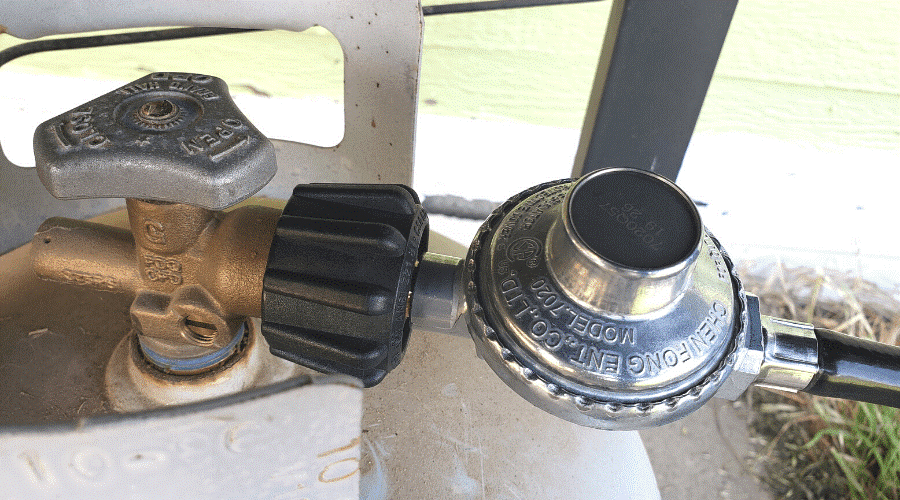
The regulators are one of the most important equipment in the grill, but there are many reasons, due to which it needs to be replaced with a new one. The most common reason for the replacement of the regulator is the uneven flow of gas or low flow of gas from the gas tank than needed for cooking and grilling the food items. The replacement of the regulator is not a very complex process, and it can be easily done by the individual without any mechanic or expert.
The replacement of the regulator has been done in two ways. They are either exchanging the regulator for damage or obsoleteness, or they are replaced with a different type of regulator, which will increase or decrease the gas flow as per the need and requirement of the grill and the food that is prepared on it. If the type of regulator is not changed, the old regulator is generally not working correctly, and the new one of the same types does the things right and up to the optimum needs and wants.
How Replacing Regulators Improves the Propane Grill
The replacement of the regulators in the propane grill helps to improve many factors in the propane grill. For instance, the replacement or exchange in the regulator of the same type increases the flow of the gas from the gas tank to the grill as the new regulator regulates gas better than the old one, and it will improve the volume of flame and ultimately helps in improving propane grill performance.
Another replacement of the regulator of the propane grill is the replacement of the regulator with another type of regulator, which will increase the flow of gas from the gas tank to the grill, and it will increase the level of the flame in the grill, which will grill the food faster and better whenever needed. Thus, replacing the regulators continuously improves the propane grill and its ability to grill food items.
What Are the Types of Regulators That Increase Flow of Gas?
There are several types and sizes of regulators in a propane grill that changes the volume of gas flow in the grill. The type of regulator used in the grill depends on the BTU requirement of the grill; BTU is the unit of heat that stands for British Thermal Unit. The types of regulators, according to BTU, are as follows:
Basic Regulator Kit
The most basic regulator with a shallow heat level releases less heat and is used for the grills, which need less heat. These are used for very basic and small-sized propane grills. BTU capacity between 50,000-60,000.
- Perfect Upgrade - The attached propane gauge can detect dangerous leaks and read fuel level at a...
- Multi-Purpose - QCC-1 propane cylinder thread x 3/8" female flare fitting, compatible with Weber,...
- Sturdy & High Quality - 100% solid brass and long-lasting rubber hose (5/16" ID) to provide a secure...
- Control Gas Flow - The regulator outlet pressure is 11"W.C. (1/2 PSI). Keeping flow stably and at...
- Safety - This propane regulator hose has excess flow protection and will automatically shut off when...
First Stage Regulators
These regulators are used for more BTU capacity that is up to 200,000. This one is the most used regulator in the propane grill and gives the highest amount of heat to the propane grill.
- Standard Connector - QCC propane cylinder adapter x 3/8″ female flare fitting.
- Diverse Use - Fits for propane grill, camp stove, fire pit, heater, water heater, and any propane...
- 100% Safety - Made of heavy duty 100% solid brass and sturdy rubber hose, provides a secure...
- Safety features - Provides excess flow protection. The Outlet Pressure of the regulator is...
- Nice Length - 5 FT long enough hose allows for flexible configurations.
Second Stage Regulators
This is used for multiple burners containing grills and releasing high amounts of gas in the grills. This is used when the BTU requirement is high. The BTU capacity ranges 175,000.

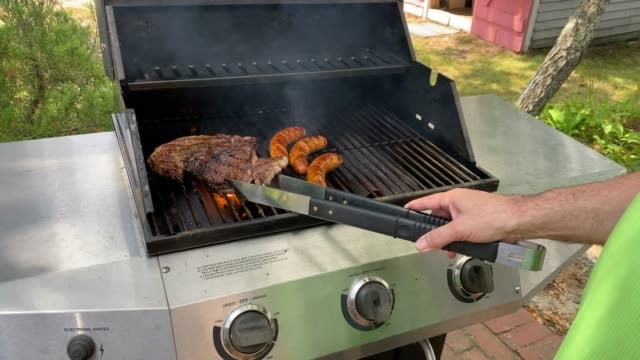


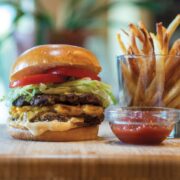
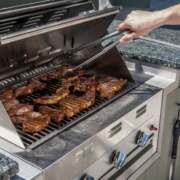



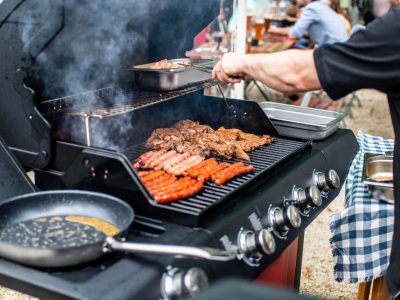
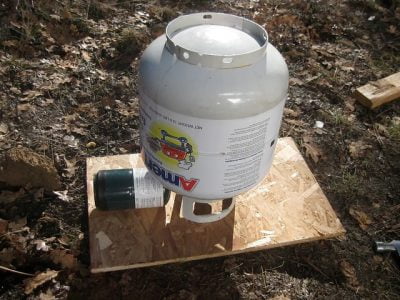
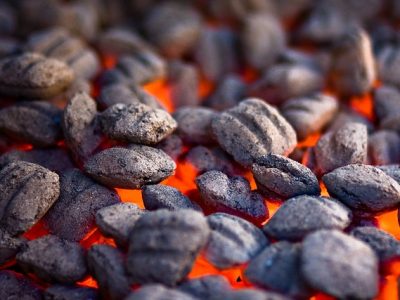
Comments